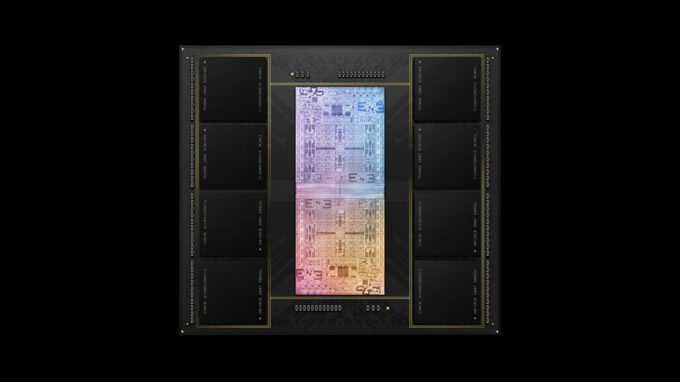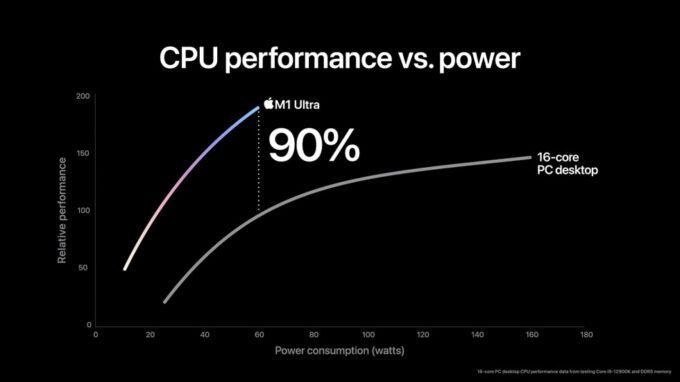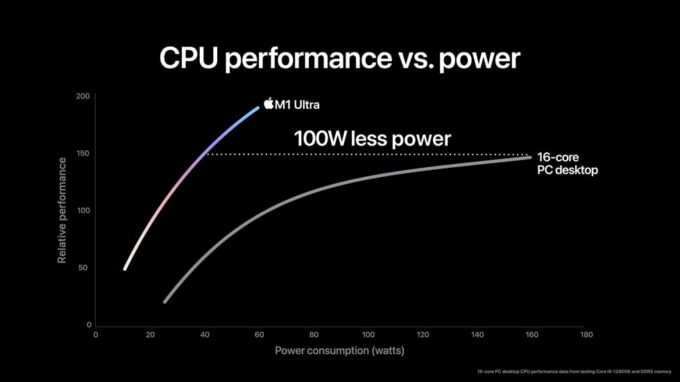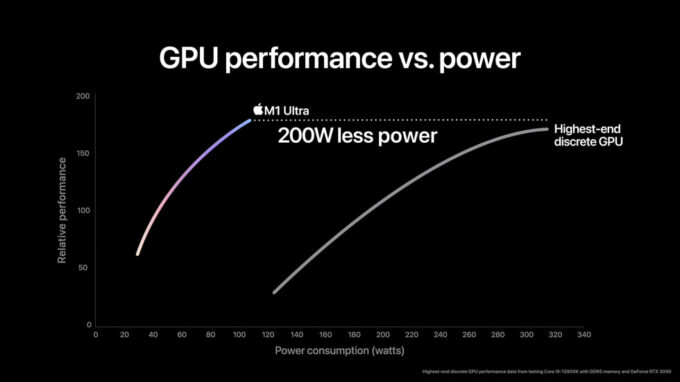Apple goes all-in with its latest M1 Ultra SoC
 At the most recent Apple event, named “Peek Performance”, Apple revealed a range of new tech from a new iPhone SE, to a new M1 Ultra chip, which we will focus on today, along with the first device to house the new chip, a Mac Studio, which is a bulkier version of the Mac mini.
At the most recent Apple event, named “Peek Performance”, Apple revealed a range of new tech from a new iPhone SE, to a new M1 Ultra chip, which we will focus on today, along with the first device to house the new chip, a Mac Studio, which is a bulkier version of the Mac mini.
Besides the obvious vocabulary mistake, this was a pretty classic Apple event, with no industry-shattering announcements. Truth be told, nothing Apple does will be as iconic as Steve Jobs’ reveal of the original iPhone. The nomenclature is becoming even crazier, with now there being an Ultra, in addition to the Max and Pro versions of the M1.
Today we are giving you a quick overview of the new Apple M1 Ultra SoC.
Specs
The chip is nothing we haven’t seen before, with Apple making good use of its new UltraFusion packaging architecture, which allows for multiple SoCs to be bundled together. You might guess where we’re going with this and yes, Apple did get two of the high performing M1 Max SoCs and connected them with this new architecture, delivering 20 CPU cores (16 Performance cores and 4 Efficiency cores), 64 GPU cores, up to 128GB of RAM, which works for both the CPU and GPU under the Unified Memory banner and a 32-core Neural engine, for even quicker machine learning acceleration and AI processing.
Performance
Due to the UltraFusion tech, the two CPUs are recognized as one, which increases communication speeds, allowing the two separate clusters of cores to act as one. As of now, performance metrics are kept behind closed doors, but Apple did present a single performance graph, comparing the M1 Ultra to an “unknown 16-core desktop PC”, which shows the M1 Ultra delivers up to 90% increase in relative performance while consuming around one-third of the power.
The GPU claims are even crazier, with the 64-core graphics card outperforming and using 200W less power than the “highest-end discrete desktop GPU”, with us here at the office wondering which card Apple must be referring to (RTX 3090 Ti).
As always, hardware tells one half of the story, with the rest being on the software. The new macOS Monterey is built with Apple Silicon in mind, taking further advantage of the architecture and the performance it offers. One such is Metal, which is a 3D-graphics API.
The M1 Ultra will be available inside the new Mac Studio, with a price of $3,999, which is double the standard price of the Mac Studio of $1,999. For us, we can’t wait for Apple to put out a MacBook Pro with the M1 Ultra, which will totally be bonkers. To be honest, it will probably never happen, as the cooling needed will have to be something else.
While you’re waiting for the M1 Ultra and its rise to power, check out the latest M1-powered laptops, the MacBook Pro 14 and Pro 16, which bring a crazy level of power to the table.













